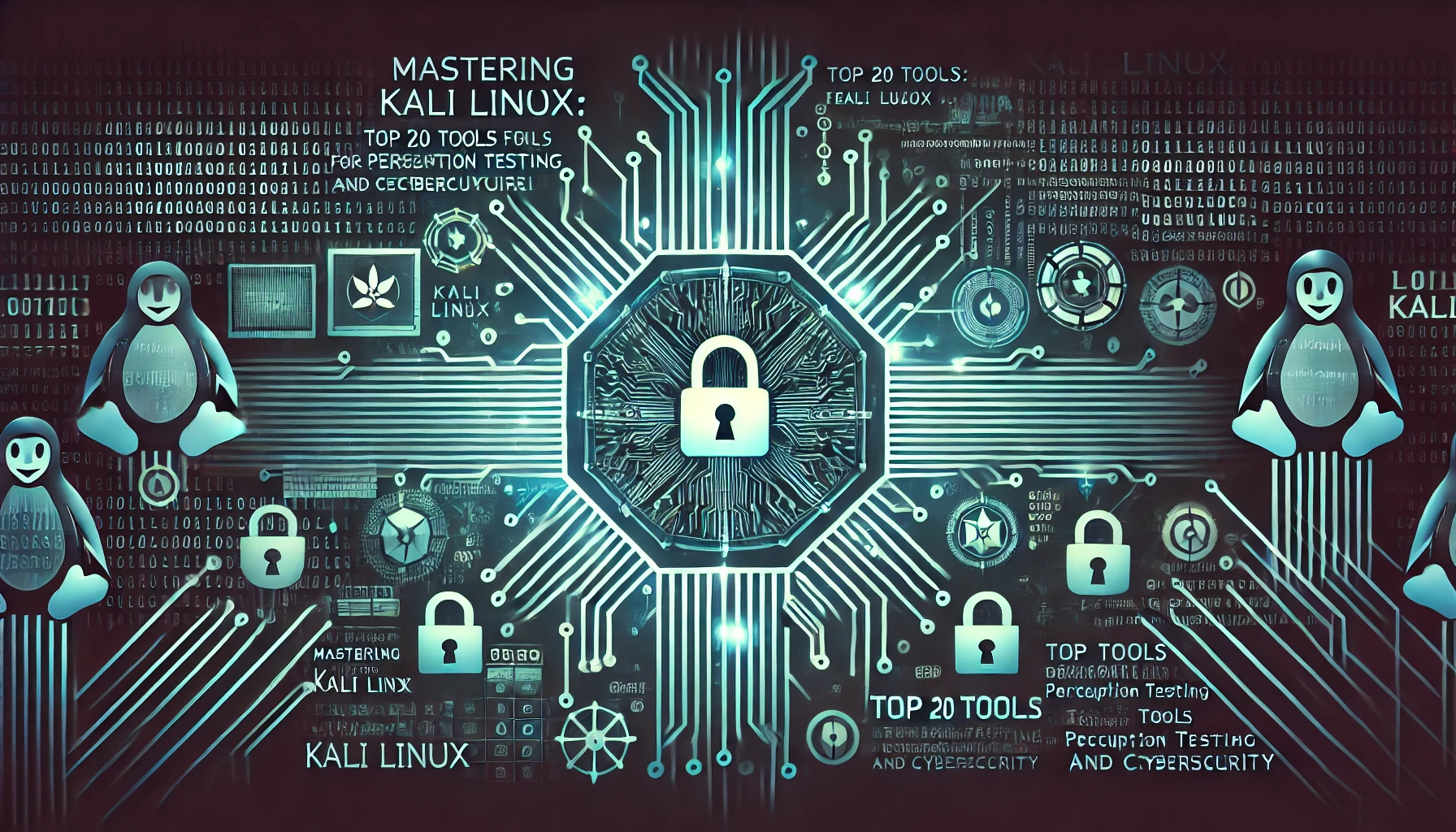Welcome to Secure Debug, your trusted partner in cybersecurity. Today, we are going to discuss the top 50 essential Linux commands you should know to enhance your cybersecurity skills. Whether you’re a seasoned professional or just starting, understanding these commands will provide a solid foundation for your Linux journey.
- ls: Lists all files and directories in the current directory.
- cd: Changes the current directory.
- pwd: Prints the path of the current working directory.
- touch: Creates a new file.
- mkdir: Creates a new directory.
- cp: Copies files and directories.
- mv: Moves or renames files and directories.
- rm: Removes files and directories.
- find: Searches for files in a directory hierarchy.
- grep: Searches for a pattern in a file(s).
- ps: Provides a snapshot of the current processes.
- top: Displays tasks, showing information about CPU, memory usage, etc.
- kill: Terminates processes.
- tar: Compresses and decompresses files.
- gzip, gunzip: Compresses or decompresses files with .gz extension.
- ssh: Secure Shell for secure remote logins.
- scp: Securely copies files between hosts on a network.
- ping: Checks network connectivity to another host on your network.
- netstat: Displays network connections, routing tables, interface statistics.
- ifconfig: Displays or manipulates route and network interfaces.
- iptables: A user-space utility program to configure firewall rules.
- crontab: Schedules tasks in Linux.
- alias: Creates shortcuts for long commands.
- wget: Downloads files from the internet.
- curl: Transfers data from or to a server.
- apt, yum, dnf: Package handling utilities in different distributions.
- uname: Shows system information.
- history: Shows the command history.
- less, more: Views the contents of a file one screen at a time.
- head, tail: Views the beginning or end of a file.
- diff: Compares files line by line.
- wc: Counts words, lines, characters, and bytes.
- sort: Sorts the contents of a text file.
- cut: Removes sections from each line of files.
- awk, sed: Text processing commands.
- date: Displays or sets the system date and time.
- cal: Shows the calendar.
- uptime: Shows how long the system has been running.
- whoami: Displays the username of the current user.
- passwd: Changes the user password.
- useradd, userdel: Creates and deletes users.
- reboot, shutdown: Reboots or shuts down the system.
From maintaining file systems to managing processes and using secure communication, these commands are fundamental to effectively using Linux. While the commands might seem simple, their power is in their flexibility and combination. Understanding these commands will allow you to efficiently navigate, manipulate, and manage your systems, increasing your cybersecurity capability.
Remember, with great power comes great responsibility. Always make sure you understand what a command does before running it, particularly when using administrative commands like rm or sudo. Misuse of these commands can lead to irreversible system damage.
We hope that this guide gives you a clear understanding of the Linux command line’s potential and how it can bolster your cybersecurity skills. As always, Secure Debug is here to assist with all your cybersecurity needs. Stay safe, stay secure!







